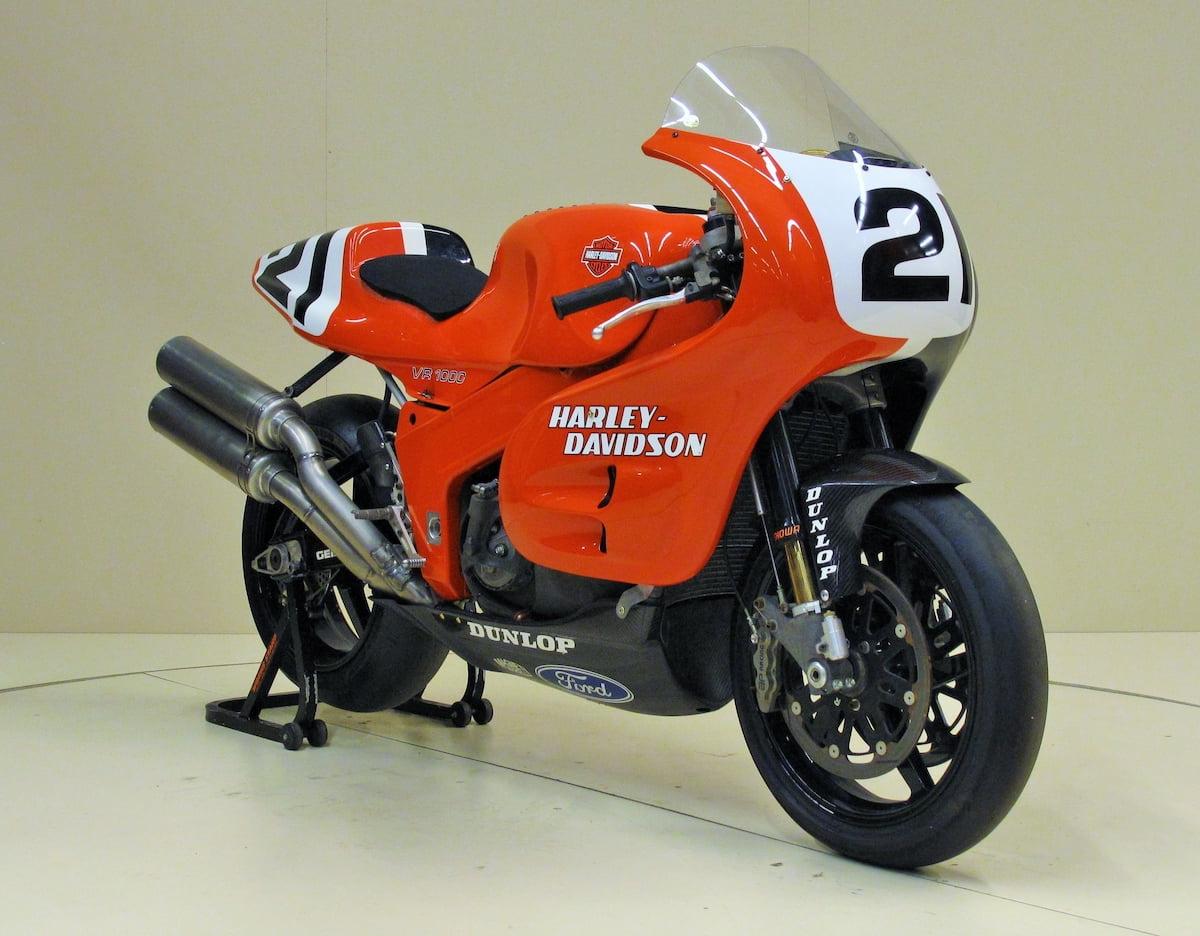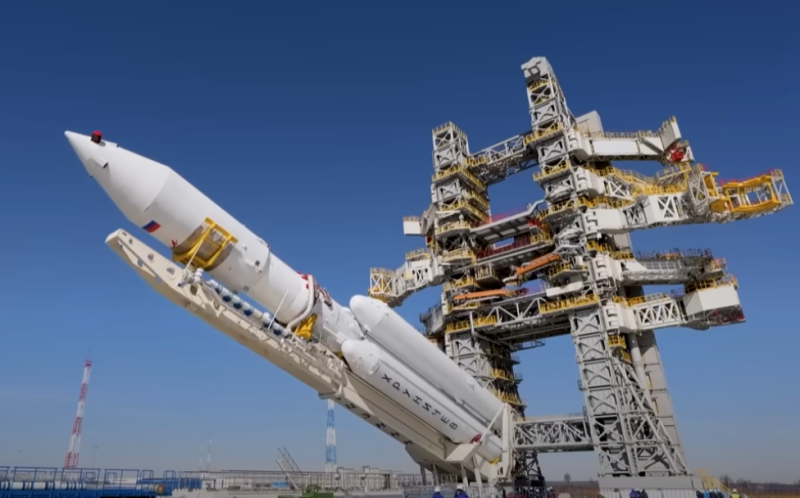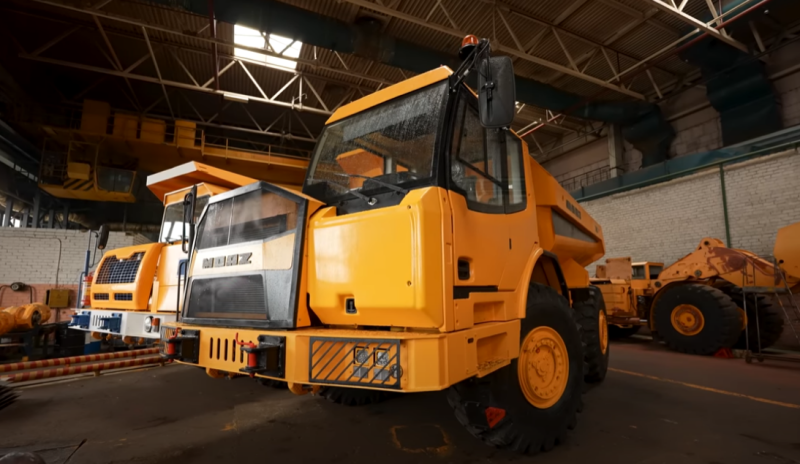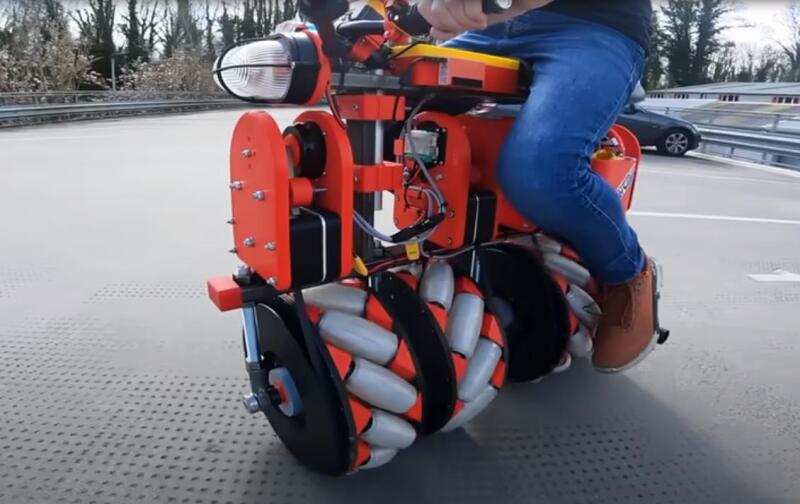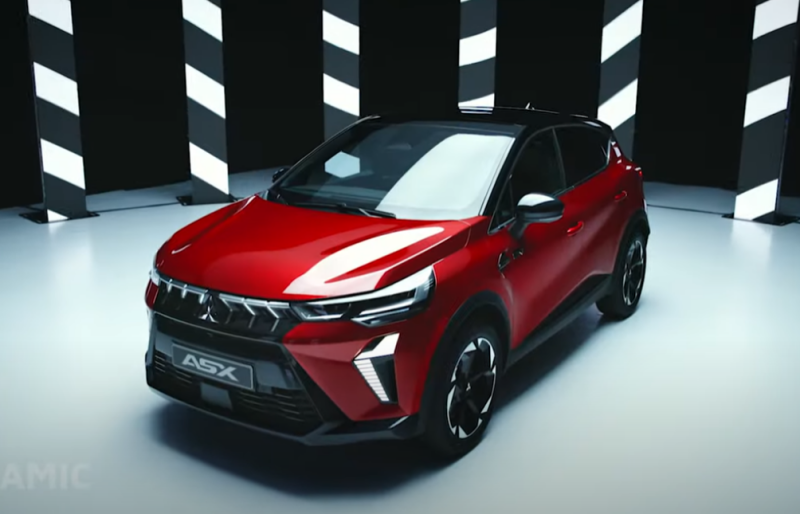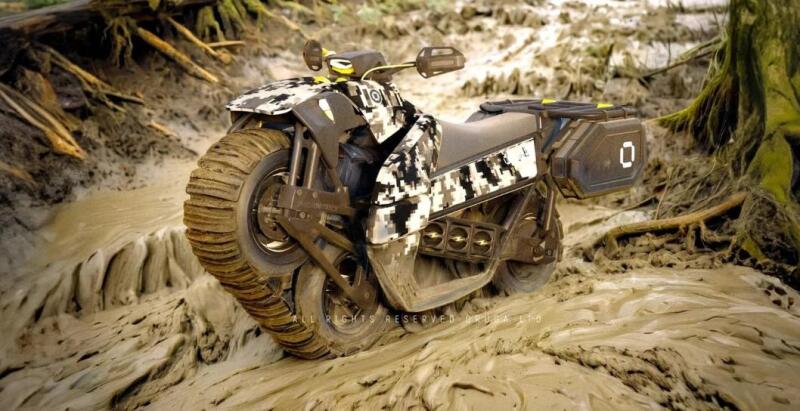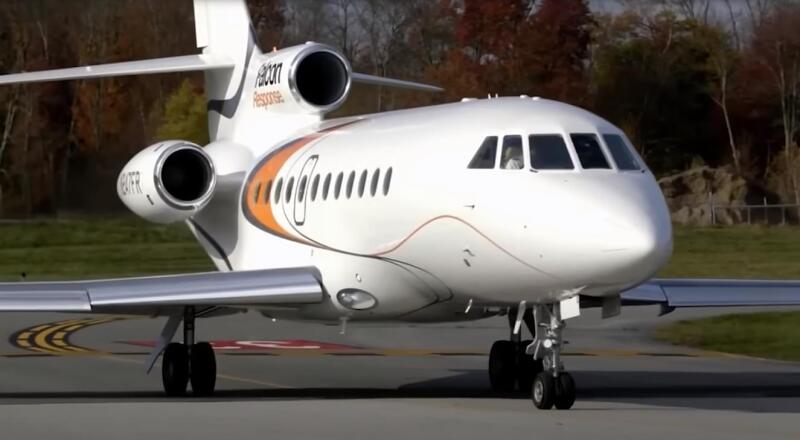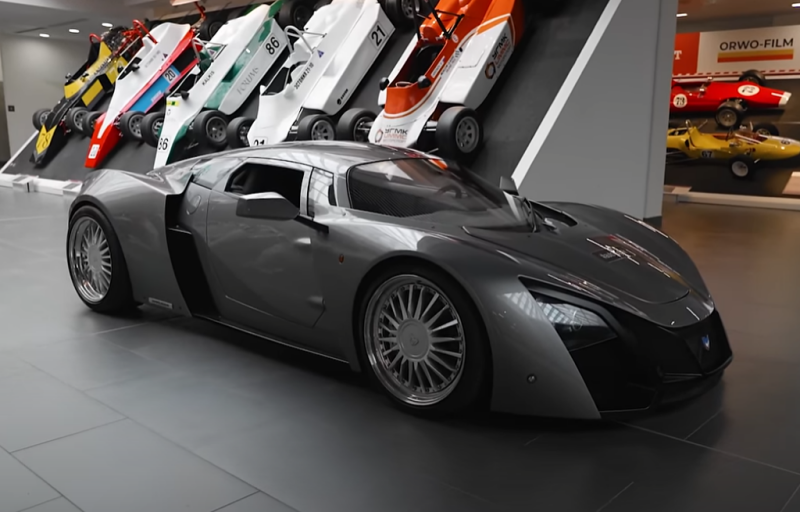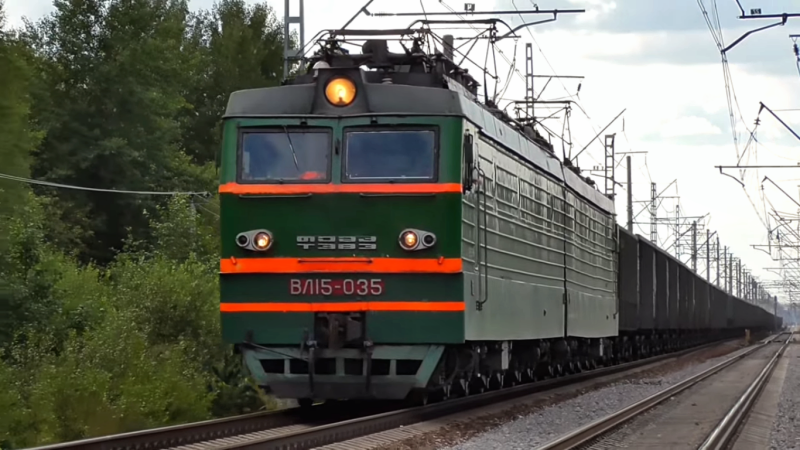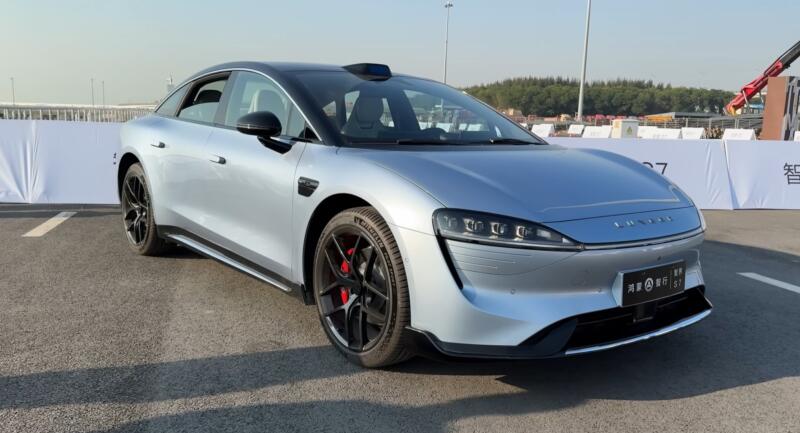After the War, everything returned to normal: Harley Davidson motorcycles again returned to the "dirt track" beloved by the Americans, where they again met with sworn "friends" from Indian.
What is Heavyweight Road Race Class C:
In 1933, the AMA announced that motorcycles with a working volume of 750 cmXNUMX would be allowed to race from next year.3 with SV valve mechanism, and "five hundred" with overhead valves.
 Pre-war racing motorcycles Indian and Harley Davidson. Photo: Youtube.com
Pre-war racing motorcycles Indian and Harley Davidson. Photo: Youtube.comHarleys dominated the AMA Heavyweight Road Race "Class C" until the late 1s, thanks to regulations that gave a displacement advantage to lower valve engines. But gradually the British from BSA and Triumph pushed through changes in the rules, and from January 1970, 750, the working volume of all engines without exception was XNUMX cm3, which automatically eliminated the low-valve Harley Davidson riders from the contenders for victory.
Who is Calvin "Cal" Raybourne:
Rayborn has won 11 AMA National Championships in his short but illustrious professional racing career. Ten of those victories were on the road, making Cal the best American racer of his time. Rayborn took advantage of an unusual style of driving: Cal drove turns in a power slide, that is, he set his time for ten years, using tricks from a dirt track on asphalt. No one has traveled like this before.
 Transatlantic Trophy '73: Rayborn (Harley Davidson) ahead of Williams (Norton). Photo: Youtube.com
Transatlantic Trophy '73: Rayborn (Harley Davidson) ahead of Williams (Norton). Photo: Youtube.comCal Reyborn's fame reached its peak in 1972 when he competed in the Anglo-American Match Race, a six-stage race at three tracks: Brands Hatch, Mallory Park and Oulton Park.
Of course, Rayborn rode a Harley-Davidson XR750, which European experts considered hopelessly outdated. Calvin first appeared on the Foggy Albion, where he had to compete with the best British racers, acting on the best motorcycles in the world. Cal raced with a broken shoulder at Imola on completely unfamiliar tracks, but that didn't stop him from winning three out of six races! Raybourne received the BP Man of the Meet Award, and the hearts of English motorists!
All his career, with the exception of the last race in his life, Rayborn drove a Harley-Davidson. The XR750TT was Calvin Rayborn's farewell gift to the Milwaukee factory. The bike was designed around Cal Rayborn's needs and vision of how a race bike should ride. And it was by far the best road bike that Harley could have had!
What is "AMA Battle of the Twins":
After overhead valve Triumph, BSA and BMW were allowed into the “C class”, Harley Davidson quickly responded by developing the overhead valve XR750, later nicknamed the “iron head”. Life seemed to be getting better for the factory Harley Davidson team, but then there was the "Japanese invasion" of four-cylinder motorcycles:
✅Honda
✅Yamaha
✅ Suzuki
✅ Kawasaki
In addition, Japanese factories attracted Grand Prix racers such as "King" Kenny Roberts!
 Harley-Davidson. XR750TT with disc brakes. Photo: Youtube.com
Harley-Davidson. XR750TT with disc brakes. Photo: Youtube.com In the second half of the seventies, the AMA management realized that the "big twins" beloved by the audience were absolutely uncompetitive, and in 1982 they established a new class: Battle of the Twins (BOTT). Now Harley racers could again, to the delight of the audience, win races!
It would be unfair to think that the Battle of the Twins class was a one-off series made for Harley Davidson. The Italian factories Ducati and Moto Guzzi, as well as the British Cosworth (which uses two cylinders from the “formula” DFV engine) gladly joined the race of large “twins”. The Japanese also did not stand aside, for example, Honda introduced its V-twin - "vyfer" (VFR).
"Lucifer Hummer"
In 1983, Harley developed the XR1000 Sportster motorcycle for the new series. Essentially the same XR750, but with an engine capacity of 1000 cm3. The bike was called the "Hammer of Lucifer" and was based on the same frame and suspension as the racing XR750TT models of the Rayborn era. A weekend in Daytona made history: Jay Springsten and the Harley Davidson XR1000 became legendary overnight, beating Luca Lucinelli's Ducati in the 200 mile race.
 Harley Davidson XR1000, also known as the "Hammer of Lucifer". Photo: Youtube.com
Harley Davidson XR1000, also known as the "Hammer of Lucifer". Photo: Youtube.comIt was thanks to the AMA Battle of the Twins class that such exotic motorcycles as:
✅ "Lucifer Hummer"
✅ Moto Guzzi 1000R
✅ Quantel Cosworth
✅ Britten V1000
Named after the sci-fi novel The Hammer of Lucifer, the bike dominated AMA Pro Battle Of The Twins road racing from 1984 to 1986, and remained competitive until 1988, when Doug broke the hegemony of Harley Davidson and Ducati. Braunek riding the Moto Guzzi 1000R.
Harley Davidson VR1000
When creating the receiver of the "Hammer of Lucifer", the leadership of Harley Davidson set the condition that all, without exception, the components of the new motorcycle should be produced in America. An exception was made for fuel injection and the front fork. In 1988, the design team began building the bike, starting with the engine, of course: the liquid-cooled 60-degree V-twin had a bore and stroke of 98x66mm: exactly the same dimensions as a factory Ducati 916 from 1994 . The original concept was developed by Harley Davidson engineer Mark Miller, with contributions from former racing division chief Dick O'Brien, as well as Don Tilly, Eric Buell and cylinder head expert Jerry Branch. For Harley Davidson, the new engine was a terra incognita: never before had the Milwaukee factory built a liquid-cooled, double overhead camshaft, fuel-injected engine!
 Harley Davidson VR1000
Harley Davidson VR1000In 1993, five years after the start of the VR1000 project, the first motorcycle saw the light of day. Such a long "maturing period" was the result of constant disputes and bickering between different departments of Harley Davidson. Most of all, the financial department put spokes into the wheels, since at that time the company was experiencing an acute shortage of funds even for the development of traditional "choppers" and "cruisers". Of course, that the racing project was funded on a residual basis.
The first VR1000 was tested in April 1993 at the Gratten Raceway in Michigan. At that point, the bike was producing 150 horsepower, which would have been competitive four or five years ago, but by 1994, when it debuted at the Daytona 200, it was sorely lacking! And yet, Harley Davidson hired great riders to compete in Daytona: Chris Carr, Miguel Duhamel, Pascal Picott, Doug Chandler and Scott Russell. But the bike turned out to be depressingly unreliable and productive, because of which the maximum speed of the VR1000 did not even reach the performance of Don Tilly's Lucifer Hummer XR1000 of ten years ago!
 Harley-Davidson VR1000 side view. Photo: Youtube.com
Harley-Davidson VR1000 side view. Photo: Youtube.comWhile the designers dealt with the quirks and problems of the bike, Harley Davidson was left to release a road version of the motorcycle for free sale, for homologation. And then a funny incident happened. The stringent U.S. emissions requirements proved insurmountable for the road-going VR1000. Although rather financially unfeasible. Ingenuity came to the rescue: the AMA Superbike rules did not stipulate exactly where the 50 homologation motorcycles should be registered. Thus, all VR1000s were registered in Poland! Where environmental regulations were, let's say, somewhat less stringent than in the United States.
 The Harley-Davidson VR1000 failed to reach the glory of its ancestors. Photo: Youtube.com
The Harley-Davidson VR1000 failed to reach the glory of its ancestors. Photo: Youtube.comMeanwhile, VR continued to post disappointing results on the racetrack. In his entire racing program, spanning from 1994 to 2001, he took only one pole position, which was achieved by Cliff Carr in Pomona. The descendant of the legendary Hammer of Licifer was never able to win a single victory, and Harley Davidson hastened to forget about him.
